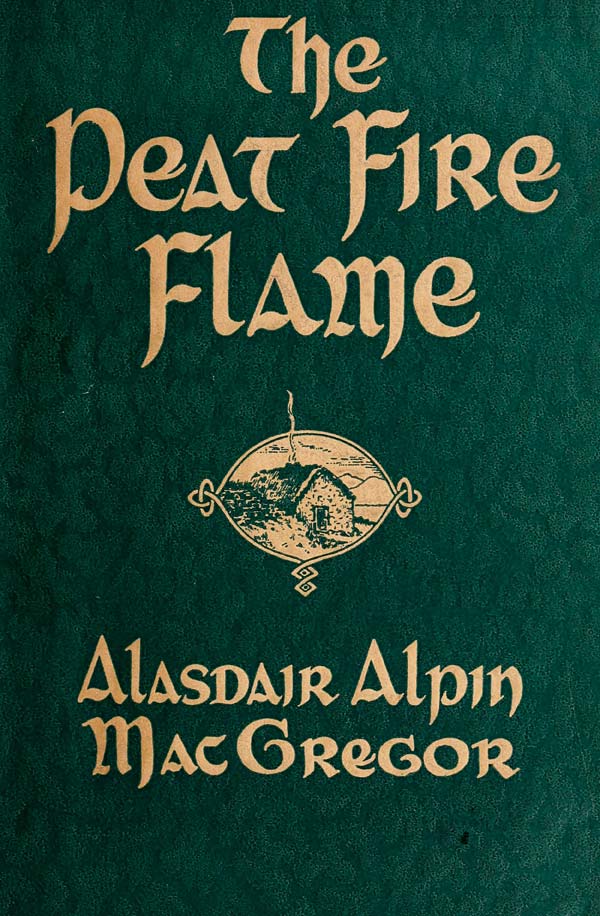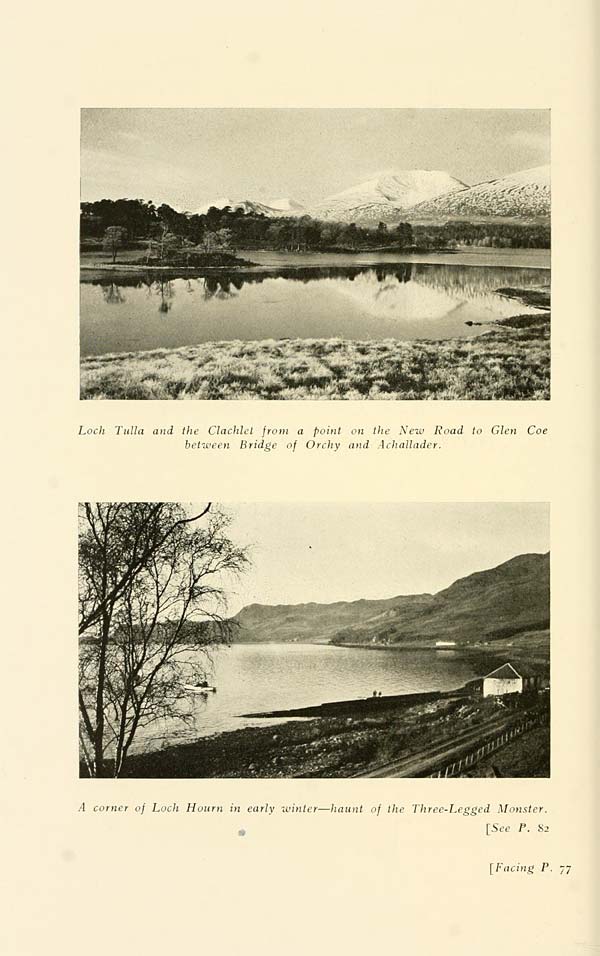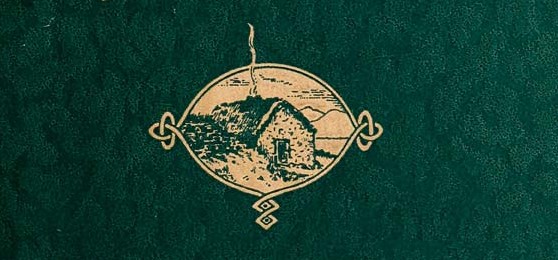The choice: The Peat Fire Flame
Chosen by: Paula Williams, Curator, Maps, Mountaineering & Polar Collections
Read or download this book from our Digital Gallery.
Welcome to the latest of our fortnightly series introducing some favourites from our collections for you to enjoy reading, all freely available online.
The Peat Fire Flame is a collection of folk-tales from the Highlands and Islands of Scotland. Many have been collected orally by the author and appear in print for the first time.
Author Alasdair Alpin MacGregor brings together tales of brownies and ‘faeries’, loireags, and glaistigs, rock gnomes and the sluagh. He talks about ghosts and hauntings, witches, well lore and spirits. The book is illustrated with his own photographs and he claims to have collected many of the stories himself.
The title The Peat Fire Flame is a reference to a Gaelic song translated into English by Kenneth Macleod, to whom MacGregor dedicates the book. The flame gives the light ‘the hill-folk yearn for’. The song also featured on an album of the same name by The Corries in 1977.

I love a good fairy story. I enjoy the dark fairies of Scotland – none of your twinkly, cutesy, winged girls here, but rather grim harbingers of death and doom. I especially enjoy the supernatural beings who are attached to a particular place, usually a loch or castle but sometimes a whole region. In Scotland, in the gloaming and in the countryside it is easy to see why our predecessors believed wholeheartedly in fairies and their kind. Magic and the supernatural are only a glimpse away. As Nan Shepherd said, “There is a pixie element in the plainest life”.
If you read enough of these fairy stories, similarities emerge – the same characters and events transplanted to different parts of the country to fit with the local storyteller’s audience. Some characters though always remain in a particular place. The twelve-legged monster of Loch Awe, Sutherland’s Beast of the Charred Forests, or the spectres of the blaeberry patch at Loch Pityoulish where the Comyns were killed, add a frisson to any tour of Scotland.

MacGregor is an interesting character. Originally from Applecross, he lived much of his adult life in London. A Celtic Revivalist, he wrote several books about the Highlands and Islands of Scotland. In an elegiac and archaic style, often verging on purple prose, he painted word pictures that proved popular, especially among an ex-patriot and tourist market. However, his romanticised view of the islands and promulgation of sentimental stereotypes brought him into conflict with authors who did not share either his literary or political perspectives.
Prime among these was Compton Mackenzie who drew a caricature of MacGregor in several of his books, including Whisky Galore. His character Hector Hamish MacKay was described as ‘a small man in a kilt with slightly shrivelled but well-weathered knees, a prim Edinburgh accent and spectacles’ and more tellingly as the ‘topographer of the Hebrides and author of the Faerie Lands Forlorn’. Mackay’s language was written by Mackenzie as flowery and overblown.
For years MacGregor was oblivious to the slight but when he found out he chose an ill-considered and public revenge. In his book The Western Isles (1949) he contradicted his own earlier published good opinion of the island people and mounted a venomous attack on their cleanliness, character and morals. Unsurprisingly the scurrilous accusations caused outrage and hurt and MacGregor’s precious reputation was greatly diminished.
It is difficult to take entirely seriously an author who, in 1931, can entitle a book A last voyage to St Kilda; being the observations and adventures of an egotistic private secretary who was alleged to have been “warned off” that island by Admiralty Officials when attempting to emulate Robinson Crusoe at the time of its evacuation. With hindsight it is unclear how serious the author was being, but his response to the caricature does imply that he took both himself and his reputation very seriously indeed.
MacGregor’s romantic style lends itself to the retelling of fairy and ghost stories. His own fascination with these creatures comes through in his writing. In 1955 he participated in organising a census of Scottish fairies to collate sightings.
The Peat Fire Flame is not the best or most complete collection of local stories of Scotland, but it is entertaining. The old-fashioned words and deliberately archaic style reinforce the idea that these are ancient stories, although MacGregor at the same time claims that the events were witnessed just a generation earlier by someone who told someone who told him. That they were all collected and ‘saved from oblivion’ by the author is probably as much of a myth as the selkies themselves but it doesn’t matter; what matters is that the stories survive.
Look out in two weeks for our next Curator’s Favourite, and in the meantime enjoy reading!
Further information (optional bullet point list of links)
Alasdair Alpin MacGregor’s literary papers Acc.6215 https://manuscripts.nls.uk/repositories/2/resources/9414
MacGregor, Alasdair Alpin. Behold the Hebrides! Or, Wayfaring in the Western Isles. London: Chambers, 1925. https://search.nls.uk/permalink/f/1jc5lod/44NLS_ALMA21442527650004341
MacGregor, Alasdair Alpin. The Western Isles … London, 1949. https://search.nls.uk/permalink/f/1jc5lod/44NLS_ALMA21466181140004341
